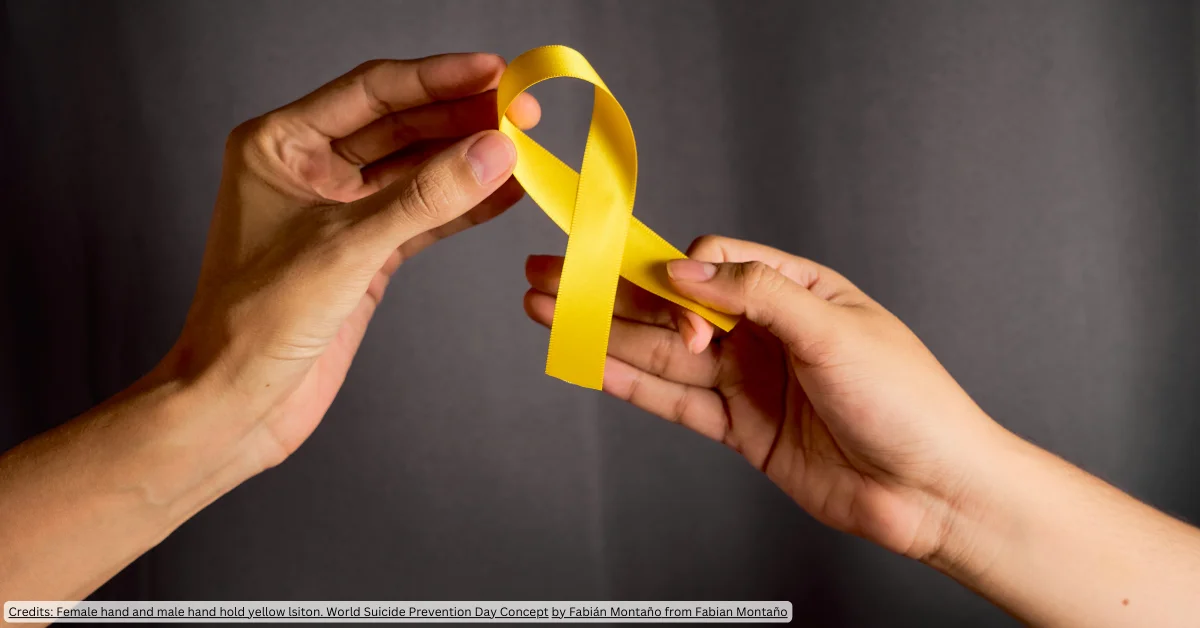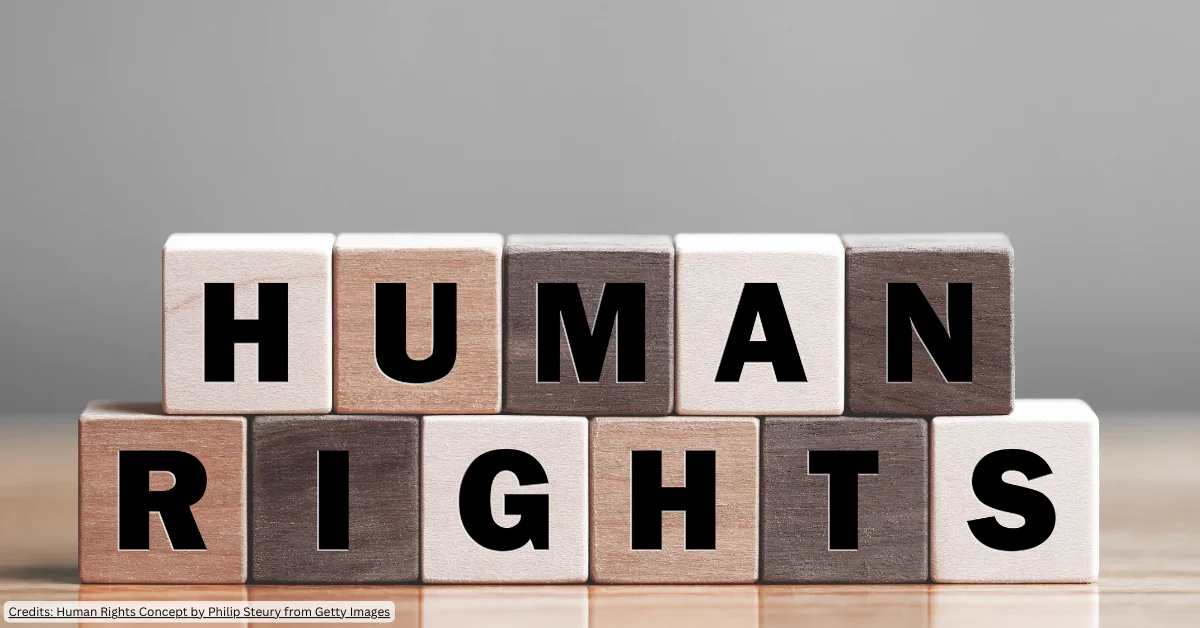October is internationally known as Breast Cancer Awareness Month, and sees an annual campaign to increase awareness and raise funds for research into the disease.
Since 2003, the National Breast Cancer Foundation’s (NBCF) Pink Ribbon Breakfast Campaign has been bringing people together to recognise the high percentage of the population affected by breast cancer.
Every year, approximately 6,500 Australians register as Pink Ribbon Breakfast hosts raising over $12 million in what Renouf describes as a “huge show of support – we are so grateful to them because without community support we couldn’t continue to fund essential research into finding a cure for breast cancer.” This year’s campaign hopes to raise an approximate $3 million target.
How is such an enormous campaign run from the inside?
Data decisions
Understanding who supports the cause and why is crucial to effectively marketing the campaign. Renouf says that use of supporter surveys and data segmentation helped to understand the demographic they were targeting.
She says that the strategy has been continually developed over the years of the campaign as supporter information becomes better known.
The 2010 marketing campaign
A NBCF supporter survey conducted at the end of 2009 discovered that, for that year, women aged between 25 and 50 years were the most likely supporters and that they became aware of the campaign either through friends and family of the NBCF supporters, or through television advertising.
Reflecting these results, the theme of the 2010 campaign focussed on the prevalence of breast cancer in society.
“The theme for the 2010 campaign was ‘My favourite breakfast’, where we used five breast cancer survivors who shared their inspirational stories over breakfast with their ‘special breakfast someone’.” “Sami Lukis, heard on Sydney airwaves as part of Triple M Sydney’s Breakfast ‘Grill Team’ was this year’s Pink Ribbon Breakfast Ambassador. She was having breakfast with her aunt Annette, a breast cancer survivor.”
Also reflecting the findings of the 2009 survey, Renouf explains that “this [strategy] resulted in an emotionally engaging campaign that the public could connect with on a very personal level…[and] worked extremely well through the television commercial and print media.”
- Rachel Purchasehttps://thirdsector.com.au/author/rachel-purchase/
- Rachel Purchasehttps://thirdsector.com.au/author/rachel-purchase/
- Rachel Purchasehttps://thirdsector.com.au/author/rachel-purchase/
- Rachel Purchasehttps://thirdsector.com.au/author/rachel-purchase/











